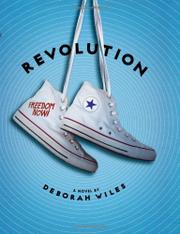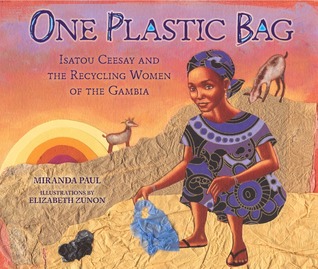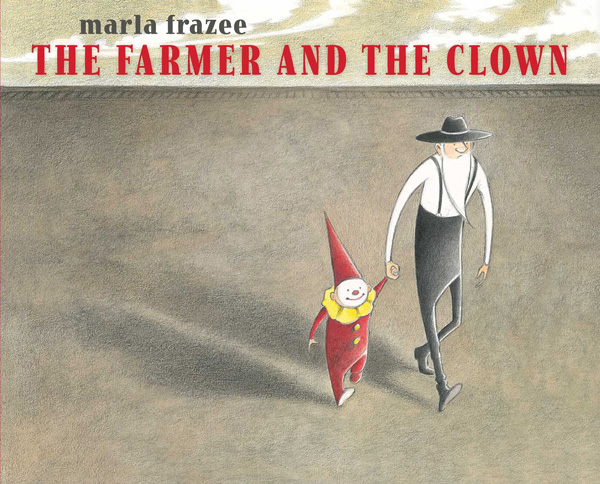We had a delicious holiday dinner at our December meeting -- good
dishes provided by all of the attendees. Big YUMS all around!
We discussed Evil Librarian by Michelle Knudsen first.
Even though it won the SCBWI 2015 Sid Fleischman Award for Humor, each and every
one of us kept asking, "...but what was actually funny in this
book?" We'd love to have an answer from -- someone. Needless to say, we didn't
love the book. We mainly felt that the story was very contrived, and that the
main characters, Cyn and Ryan, were pretty much stick figures -- sort of like
those that Annie might draw. We felt that we knew very little about them or
their inner feelings, and it was just all very flat. Some folks said they got
tired of Cyn's 'gaga over Ryan' narrative. We did actually feel that the
portrayal of Annie may have been the strongest in the book. A couple of people
said that they thought the descriptions of the supernatural occurrences were
well written, and a strength of the book -- if the book had any strengths at
all. Several people said that they couldn't even finish it. We also discussed
why the author chose to have a school librarian (an endangered species!) be the
'bad guy'. Perhaps because this author also wrote Library Lion?....or
-- was it purely an editor/publisher's marketing decision? If anyone who reads
this blog can give some examples of humor in this book, we'd love to
know!
As for our picture book, The Right Word: Roget and his
Thesaurus, everyone liked it a lot; some of us loved it. We had quite a
discussion about the illustrations (by Melissa Sweet), with some folks stating that the
illustrations completely overpowered the text because of their details and
power, while others felt that the text was very strong and stood up on its own
as it described Roget's obsession with words and organizing them throughout his
life. We liked the 'end matter,' and were amazed to learn of all of the other
things Roget accomplished in his life. We agreed that it would be a great
read-aloud in a school setting, to introduce students to the Thesaurus. We also
felt that it would be a perfect companion to Jeri Chase Farris' Noah and his
Words, which we discussed in February 2013 and unanimously loved. We all
agreed that it was a neat book, and a great addition to the children's
literature field. (Note: No Thesauri were killed in the writing of this
re-cap!)


















